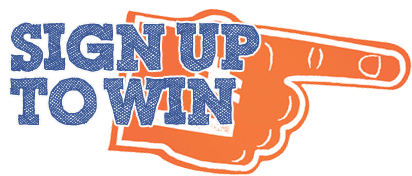Q: I will be entering college next semester. I do not have enough money to pay for all of my textbooks, but I will be receiving some money from student loans. Can I use student loans to pay for textbooks, or can you only use student loan money for tuition?
A: Students may use both federal student loans and private student loans for their tuition, and any other education-related expenses, which would include any of the textbooks required for their college courses. Once the college tuition amount has been deducted from your student loans, your school will typically distribute the remainder of your student loan money to you, which you can then utilize for buying textbooks, room and board, and any other supplies related to your college education. College textbooks can be an expensive requirement towards the costs of college, but students do have some other options in addition to purchasing the required course textbooks. Renting college textbooks, buying used textbooks, sharing college textbooks with a roommate, and/or purchasing e-textbooks, all may be lower cost options for students.
For students utilizing student loans for the first time, here are a few important tips to keep in mind:
1. Students in need of money for college should always exhaust their free money options before moving onto student loans. Free money for college can be found in the form of scholarships and grants. Unlike student loans, students will not be required to repay the money they receive from scholarships or grants, which is why these options should be utilized first.
2. After exhausting all of your free money options for college, students should make certain to complete a FAFSA. The FAFSA is the free application for federal student aid, and serves as the application for all federal student loans, federal grants for college, and federal work-study. Since federal student loans typically offer the lowest interest rates, most flexible repayment terms, and are not based upon a borrowers credit score, students are encouraged to exhaust all of their federal financial aid options before moving onto private student loans for college.
 sign up
sign up
